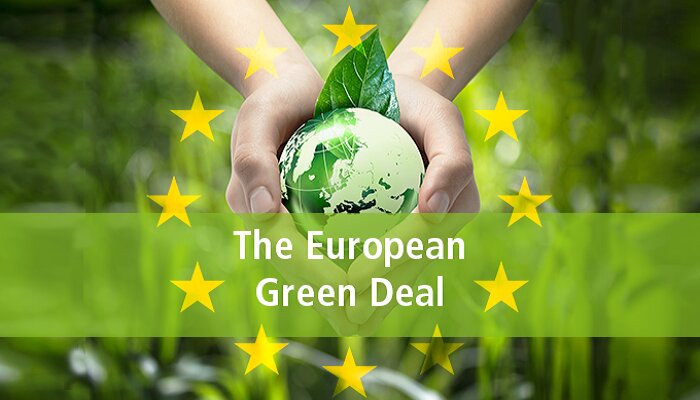The European Union (EU) has brought to the fore its intention for the Green Deal Industrial Plan, a support program for clean energy technologies, including energy, which is modelled like the Inflation Reduction Act.
Ursula von der Leyen, president of the European Commission, made an announcement last week ending January 21 after senior decision-makers expressed concern that the recent US investment of a $369 billion-plus incentives package for both upstream and downstream renewable energy sectors was syphoning off potential investment from Europe.
According to von der Leyen, it is no secret that some aspects of the Inflation Reduction Act’s design prompted several questions regarding some of the targeted incentives for businesses.
To address this, the bloc has a new strategy to make Europe the headquarters of clean technology and industrial development on the road to net zero.
The first pillar of the strategy, is to establish the legislative framework necessary for the quick scale-up of industries essential to achieving net zero, such as wind, heat pumps, solar, clean hydrogen, and storage.
The Commission President continued by emphasising how Europe was unduly dependent on outside nations for the supply of rare earth elements necessary for the production of technology like wind turbines and batteries, particularly lithium, and how they needed to increase the refining, processing, as well as recycling of raw materials in the region.
The idea is to help Europe reach its elevated renewable energy targets under the REPowerEU plans, which have come into existence in response to Ukraine’s invasion by Russia.
Another three pillars of the Green Deal Industrial Plan include:
- Giving clean tech production investment and financing a boost
- Developing the abilities that are needed to get the transition in place
- Help in open, fair trade so as to benefit one and all
Elaborating on the fourth pillar and referring to the Inflation Reduction Act, von der Leyen opined that they should work on making sure that their respective incentive programmes are mutually enforceable and fair too. Besides, it should also be ascertained as to how they can jointly benefit from this huge investment, such as by creating economies of scale throughout the Atlantic and even setting common benchmarks.
Since the time the US passed its assistance product in August 2022, its anticipated domestic battery manufacturing capacity for 2031 has been expanding twice as quickly as Europe’s, despite the latter’s head start, meaning it still has a higher figure at this time.
In the meantime, the US Act has expanded the production tax credit (PTC) and investment tax credit (ITC) incentives for solar and wind, which have accelerated industry growth and deployments of both technologies. Additionally, the US act has included an ITC for standalone energy storage projects.







































